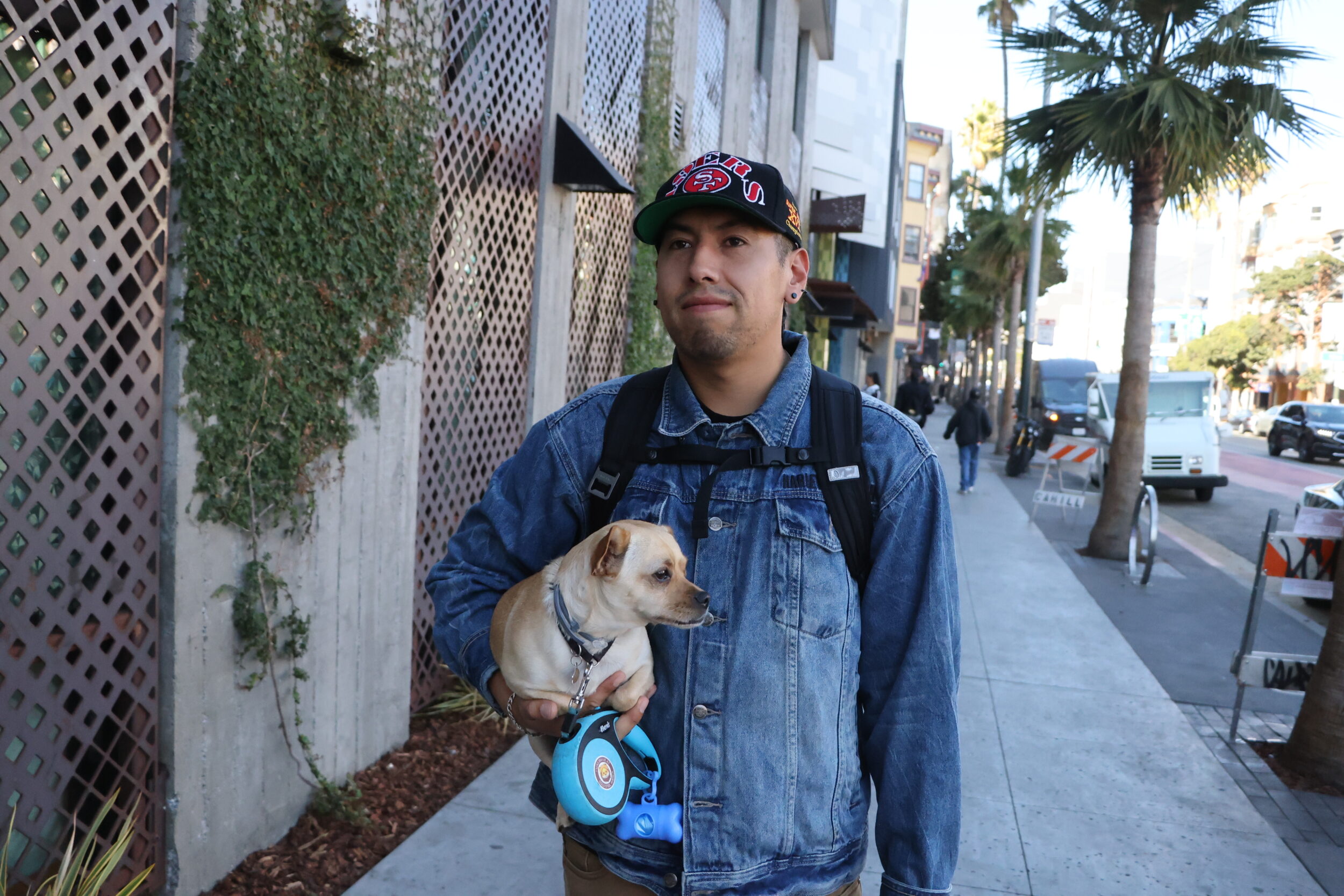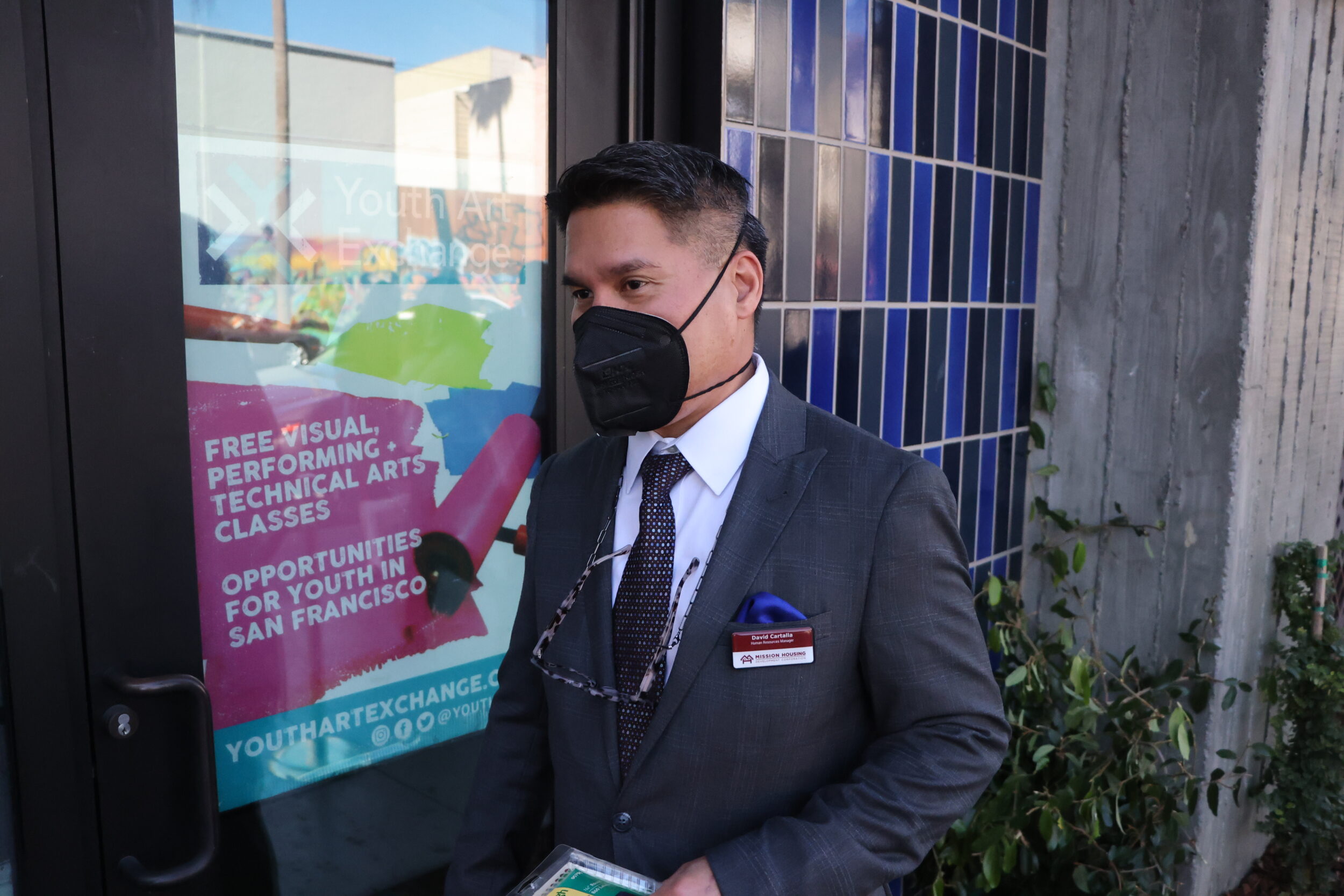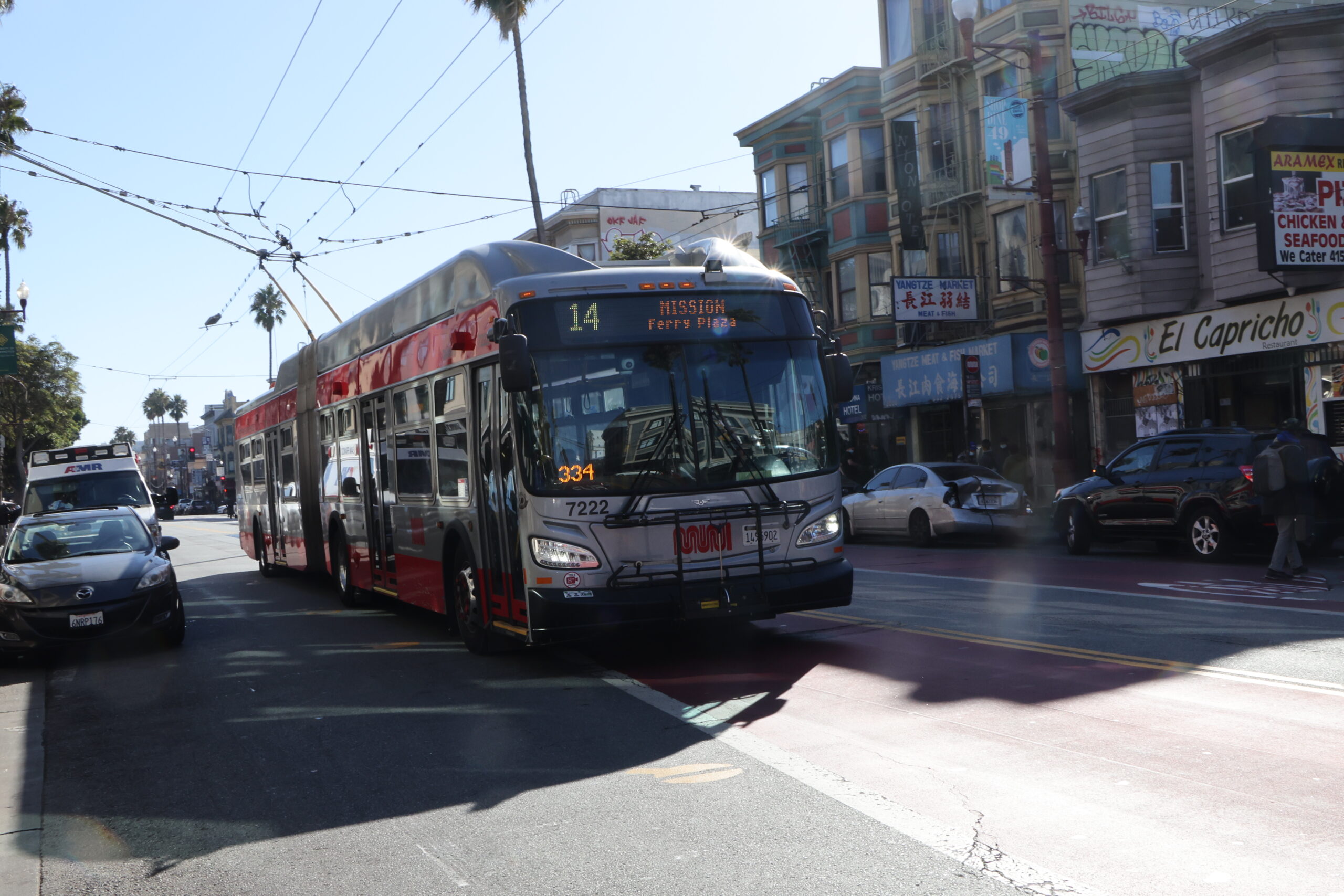Muni, which crisscrosses the city carrying more than 400,000 passengers each day in October, has its share of traffic collisions.
Where does Muni crash the most? The Standard analyzed data from the transit agency and found that the most frequent intersection for Muni collisions was Mission and 16th streets over about the last two years. And Mission Street suffered the most Muni accidents of all streets in the city.
“I’m very surprised,” said David Cartalla, a human resources manager at local nonprofit Mission Housing. “This is one of the busiest areas in the city; you’d think there’d be more safety controls.”
The Standard submitted records requests to the city’s transportation agency to find out when, where and how often Muni crashed, from the beginning of 2019 to June 30, 2022.
The agency refused to give individual incident reports or brief summaries of each incident, citing “privileged attorney-client communications.” Without that information, The Standard is unable to verify the severity of each collision, from minor scrapes to more serious crashes.
Muni is the largest transit agency in the Bay Area, boasting 2,512 operators over 74 routes and 102 transit terminals. Some routes can take between 43 and 85 minutes one way, such as the 33 Ashbury-18th and the 29 Sunset.
Most Muni Crashes by Intersection

At Mission and 16th streets, there were 36 accidents. The second most frequent intersection for crashes was La Playa and Judah streets with 27, followed by 20th and Third streets with 25 collisions.
The transportation agency is currently making improvements to 16th Street through an improvement project, which aims to improve transit reliability and travel time by nearly 25%, while addressing safety and accessibility. The work includes pedestrian and bus “bulbs,” or walkouts, extensions of the sidewalk.
Most Muni Crashes by Street
Mission Street itself, running more than seven miles long, saw 293 collisions since 2019. It was followed by Third Street with 194 crashes, and Market Street with 163.
 Mario P. stands on Mission Street near his apartment on Oct. 27, 2022, in San Francisco, Calif. Mario P. has lived in San Francisco his whole life, and says traffic in the Mission is dangerous. | Garrett Leahy | The Standard[/caption]
Mario P. stands on Mission Street near his apartment on Oct. 27, 2022, in San Francisco, Calif. Mario P. has lived in San Francisco his whole life, and says traffic in the Mission is dangerous. | Garrett Leahy | The Standard[/caption]
‘It’s hella dangerous here’
Local workers and residents have mixed reactions about the news that 16th and Mission has the most Muni collisions.
Mario, who declined to give his last name, wasn’t really surprised. “It sucks. I skate, I scooter, I take Muni. You have to be careful,” said Mario, an SF native who lives near 16th and Mission streets. “16th’s been known to be the hood; it’s hella dangerous here.”
Abber Ahmad, who manages the nearby Mi Tierra Market, said she was shocked there were so many crashes in that intersection. “Really? Oh my goodness,” said Ahmad. “I never, never see accidents.”
Ahmad said she believes there are a large number of Muni-involved collisions because pedestrians aren’t careful enough in the busy area. “When the traffic light turns green, people cross the street at that time,” Ahmad said.
 David Cartalla waits in line to enter an event honoring the 50th Anniversary of nonprofit Mission Housing being held at Youth Art Exchange on Mission Street near 16th Street on Oct. 27, 2022, in San Francisco. | Garrett Leahy | The Standard[/caption]
David Cartalla waits in line to enter an event honoring the 50th Anniversary of nonprofit Mission Housing being held at Youth Art Exchange on Mission Street near 16th Street on Oct. 27, 2022, in San Francisco. | Garrett Leahy | The Standard[/caption]
Erica Kato, spokesperson for San Francisco Municipal Transportation Agency, said operators are not always at fault. “Many or most of these ‘collisions’ were not caused by our operators,” he said in a statement.
Kato’s statement added that the SFMTA has built more than 55 miles of reliability improvements to keep Muni moving—with upgrades like red transit lanes, bus bulbs for faster boarding and traffic signals that stay green for transit.
In 2020 and 2021, it added over 14 miles of new or upgraded transit lanes—what it said is the fastest expansion of transit priority in San Francisco’s history.
